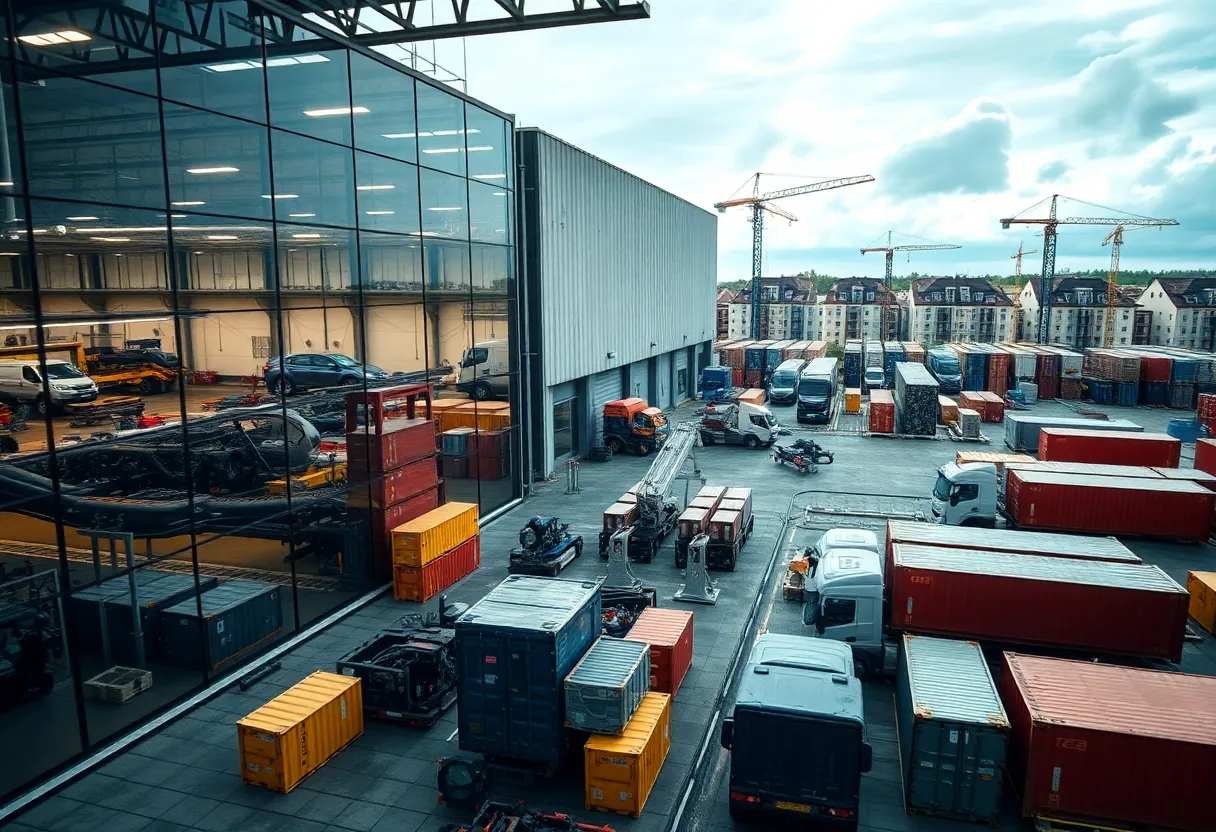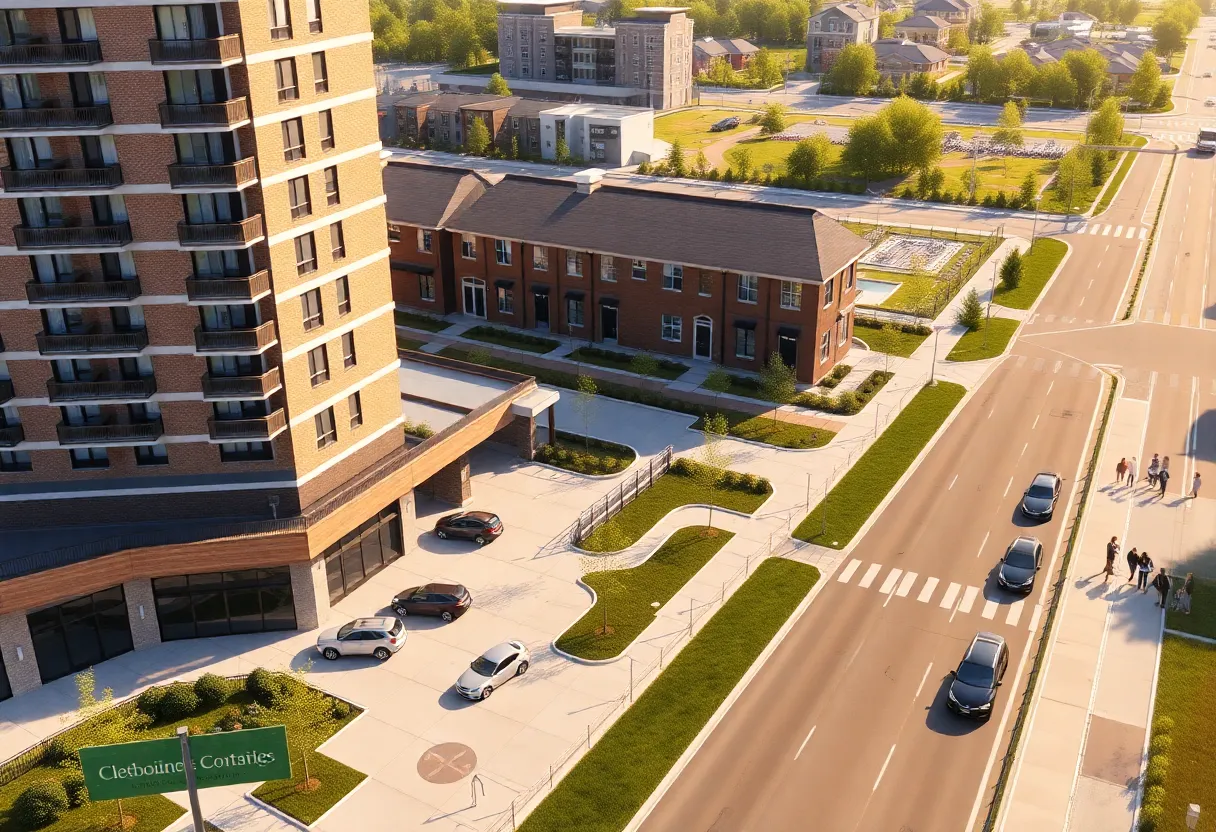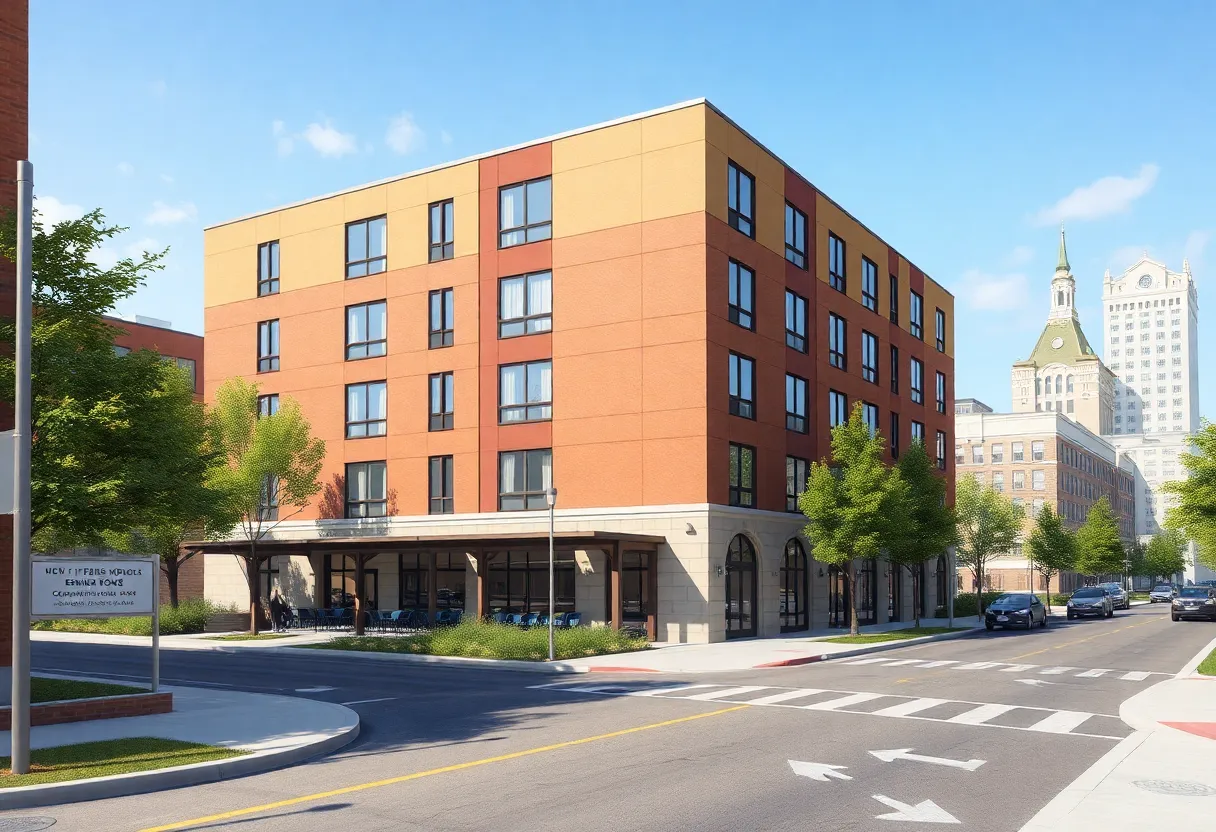Czech Republic, September 8, 2025
News Summary
Industrial production in the Czech Republic strengthened, driven by broad gains in motor vehicles, machinery, chemicals, pharmaceuticals and fabricated metals. New orders rose notably, with domestic demand especially strong, while construction output and the value of building permits jumped, signaling further activity ahead. Exports outpaced imports, narrowing the goods deficit, supported by vehicles and machinery. Employment in industry eased slightly while construction jobs ticked up; wage growth showed modest moderation. The defense sector is expanding and absorbing capacity from automotive shifts. Overall, the data point to a favorable near-term outlook for exporters and continued economic momentum.
Industrial output and construction both gained ground in July, keeping the Czech economy on steady footing
Industrial production in the Czech Republic accelerated in July, with working-day adjusted output rising 1.8% year‑on‑year and 0.8% month‑on‑month. Unadjusted output showed a stronger gain of 4.9% year‑on‑year, beating market expectations. At the same time, construction activity stayed robust, with output up 10.1% year‑on‑year and 1.0% month‑on‑month. Together, these moves point to a broadening recovery led by the engines of household demand, building work, and core manufacturing.
Which industries led the rebound
July’s growth was broad based. Strong gains were recorded in motor vehicle production, machinery, chemicals and plastics, pharmaceuticals, and fabricated metal products. These sectors form the backbone of Czech manufacturing and its supply chain, supporting both goods for home use and exports.
Orders and trade
The value of new orders in current prices rose 6.6% year‑on‑year in July. New foreign orders were up 2.9% and domestic orders jumped 13.0%. On a monthly basis, new orders increased by 2.9%, with most of the momentum coming from motor vehicle manufacturing and from large long‑term contracts in other transport equipment. The pickup in orders supports a favorable short‑term outlook for exporters.
Construction: boom still young, permits surge
Construction continues to expand rapidly. Output rose more than 10% year‑on‑year in July, and the indicative value of building permits issued climbed 37.9% year‑on‑year. Despite permit growth, the number of residential projects shows mixed signals: 9.2% fewer dwellings were started in July than a year earlier and 13.4% fewer were completed. Analysts judge that housing demand has not yet become saturated across the country, even while residential prices remain elevated. One description of the market calls the construction boom “still in its teenage years”, meaning rapid expansion may have more room to run but also more volatility ahead.
Credit and housing finance
New mortgage lending hit a record high in the second quarter of 2025 when exempting the pandemic spike. This surge may reflect households rushing to lock in favourable borrowing rates ahead of policy changes, or it may signal sustained appetite for property acquisition despite higher prices.
Jobs and wages
Labour moves remain uneven across sectors. The average number of employees in industry fell by 1.9% year‑on‑year in July, while average nominal monthly wages in industry eased to 5.0% year‑on‑year. In construction, the workforce grew modestly by 0.6% year‑on‑year, but wage growth there slowed to 3.8% year‑on‑year. Observers note that monthly swings in wage statistics are common and that the general setting still favors robust wage gains over time.
Foreign trade
Preliminary data show a foreign‑trade goods deficit of CZK 1.7 billion in July, an improvement of CZK 5.5 billion compared with the same month a year earlier. Exports grew by 4.7% year‑on‑year while imports rose by 3.1% year‑on‑year. A higher surplus in motor vehicles, other transport equipment, and machinery helped the goods balance.
Outlook
Solid growth in new orders and broad gains across machinery, vehicles, chemicals and other key sectors suggest the industrial cycle is bottoming out and joining household consumption and construction as growth drivers. The backdrop supports a positive near‑term outlook for exporters and for continued strength in building activity, though risks tied to global demand, automotive sector shifts, and policy moves on borrowing costs remain relevant.
Context and longer-term shifts
The Czech economy’s industrial depth has roots in its post‑1989 transition and long manufacturing tradition. Market liberalization, privatization, and structural reform after the end of communism helped build a diversified industrial base supported by a skilled workforce and proximity to Western markets. Over recent decades the country has developed large automotive and specialized machinery capacities, and more recently the defense industry has expanded following geopolitical shifts, drawing on the same skilled labour pool.
Automotive and defence developments
Vehicle output was a record in 2024 at roughly 1.4 million cars, about a 4% rise from the prior year, but production fell by 7.1% in the first quarter of 2025 amid weaker Western demand, structural industry challenges, and trade frictions. At the same time, defense manufacturing has risen sharply since 2022, boosting output of ammunition, vehicles, drones and other systems. Defence spending reached about 2% of GDP in 2024 with plans to increase further, and several producers are scaling up output and hiring as they expand exports and contracts. Shifts in employment across auto and defense are underway and many workers may be able to move between the two sectors with limited retraining.
Frequently Asked Questions
Q: How fast did industrial output grow in July?
A: Working‑day adjusted industrial output rose 1.8% year‑on‑year and 0.8% month‑on‑month. The unadjusted annual rate was 4.9%.
Q: Which manufacturing sectors led growth?
A: Motor vehicles, machinery, chemicals and plastics, pharmaceuticals, and fabricated metal products recorded robust gains and together underpin the industrial supply chain.
Q: What is happening in construction?
A: Construction output rose 10.1% year‑on‑year in July. Building permits increased about 37.9% year‑on‑year, while starts and completions of dwellings were lower than a year earlier.
Q: Are housing loans increasing?
A: Yes. New mortgage lending reached a record level in the second quarter of 2025 excluding the pandemic period, possibly driven by demand and an effort to secure attractive rates.
Q: What does this mean for exports and the trade balance?
A: Exports rose 4.7% year‑on‑year and imports 3.1%, leaving a small goods deficit in July that was narrower than a year earlier, supported by trade surpluses in vehicles, transport equipment, and machinery.
Key features at a glance
| Metric | Latest figure | Notes |
|---|---|---|
| Industrial output (working‑day adj.) | +1.8% y/y | +0.8% m/m; unadjusted +4.9% y/y |
| New orders (value) | +6.6% y/y | Domestic +13.0%, Foreign +2.9%, monthly +2.9% |
| Construction output | +10.1% y/y | +1.0% m/m; permits +37.9% y/y |
| Industrial employment | -1.9% y/y | Average monthly nominal wages in industry +5.0% y/y |
| Construction employment | +0.6% y/y | Wages +3.8% y/y |
| Foreign trade (goods) | Deficit CZK 1.7bn | Deficit narrowed by CZK 5.5bn vs. year earlier; exports +4.7%, imports +3.1% |
| Automotive production (2024) | ~1.4 million vehicles | ~+4% y/y in 2024; Q1 2025 down 7.1% |
| Defense industry | Ramped up after 2022 | Higher output, exports, and rising defence spending (about 2% GDP in 2024) |
Bottom line: July’s data paint a picture of a manufacturing sector that is stabilizing and a construction sector still expanding strongly. Together with household demand and rising orders, these forces keep the economy moving forward on solid ground, even as global headwinds and sectoral transitions remain risks to monitor.
Deeper Dive: News & Info About This Topic
Additional Resources
- ING Think: Czech industry joins the growth pack
- Wikipedia: Economy of the Czech Republic
- Encyclopaedia Britannica: Czech Republic — Economy
- Google Search: Czech Republic economy 2025
- MLex: USITC preliminarily says Indian, Czech freight rail couplers threatened industry
- Google Scholar: Czech freight rail couplers USITC
- Deutsche Welle: Are weapons — not cars — the future engine of the Czech economy?
- Encyclopaedia Britannica: Czech defense industry
- ASDNews: BAE rolls out newest combat vehicle for Czech army
- Google News: BAE combat vehicle Czech army





